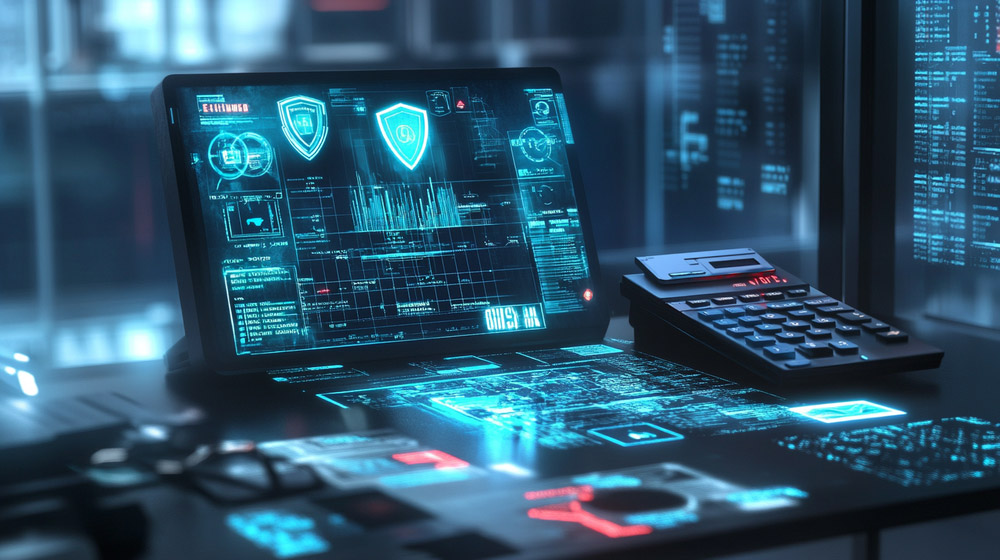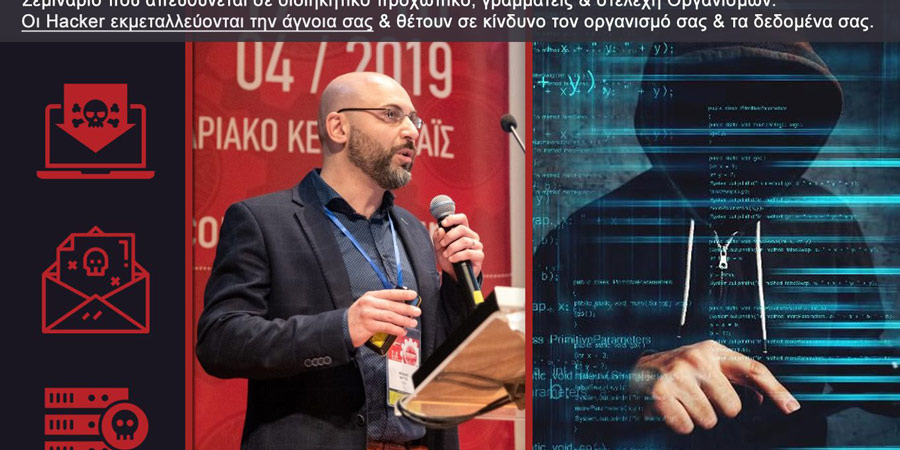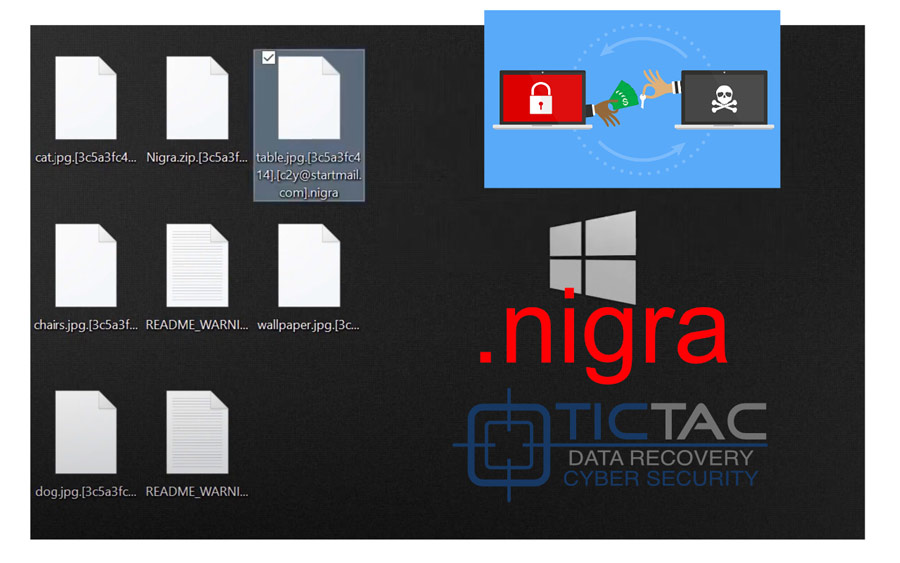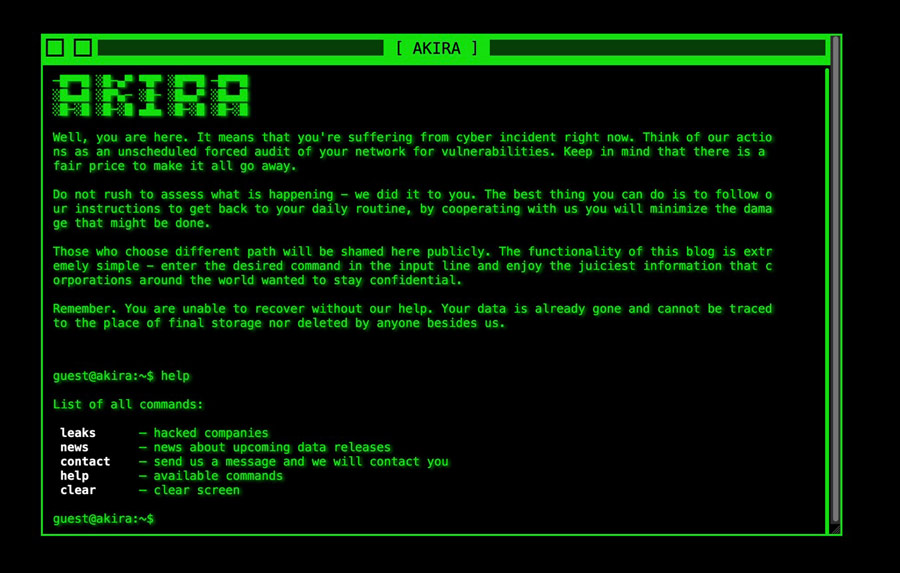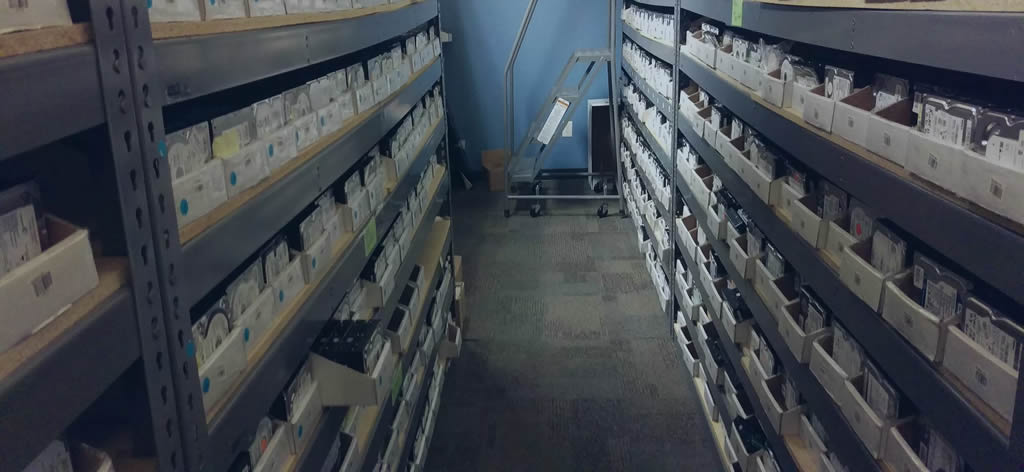DATA RECOVERY FROM SD
SD cards are commonly found in mobile phones or cameras, so keeping your files safe can be crucial whether you’re an amateur or a professional photographer.
In case of data loss, there is no need to panic. Contact us to get your files back.
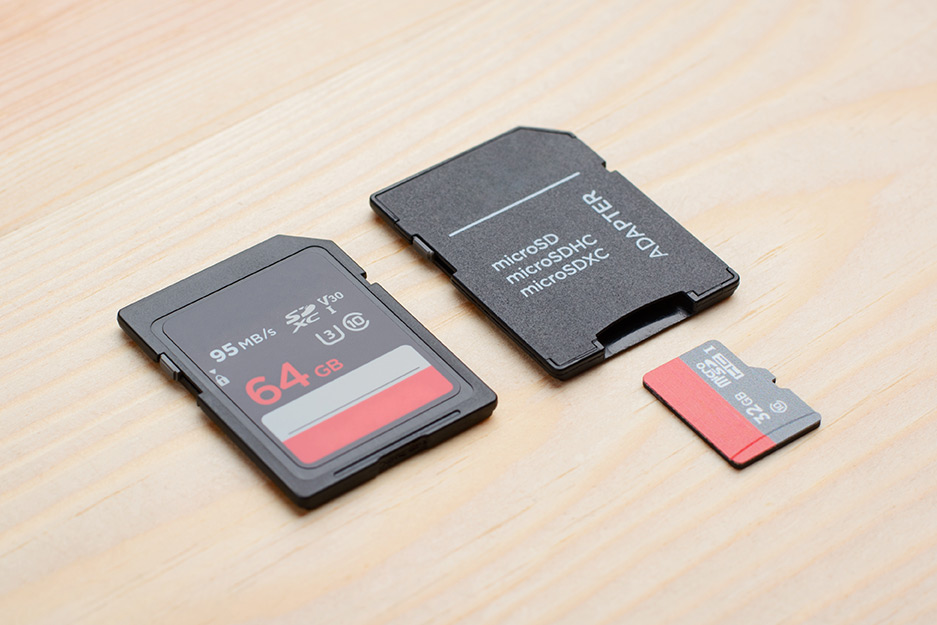
Don’t worry. There is a solution!
Which memory cards can data be recovered from?
The following media we will mention are all based on NAND chips or similar chips for storing user data. Therefore, depending on the type of chip, the difficulty lies. Greater difficulty exists in monolith chips (mini SD, XD, etc.).
In our company, we can carry out data recovery from:
- Data Cards of all types
- SD
- SmartMedia
- xD Media
- monolith chips
- microSD (very accurate recovery)
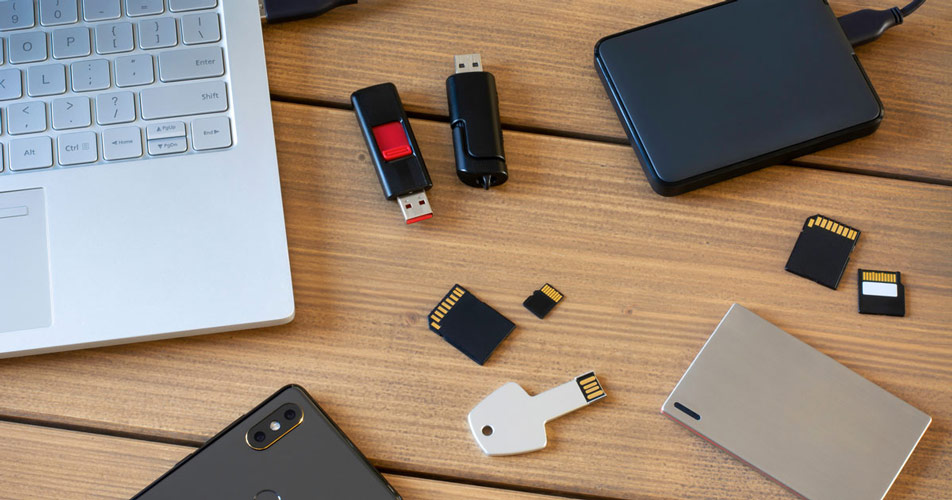
Why trust your SD card to TicTac?
Our company is the only one in Greece with the necessary data recovery equipment from 3 manufacturers to handle even the most difficult cases.
Many chips have been recovered from USBs or memory cards that had been classified as unrecoverable by foreign companies.
In any case, the customer is required to pay the cost of the diagnosis to have their device examined, and after the diagnosis, the final price and delivery time are announced.
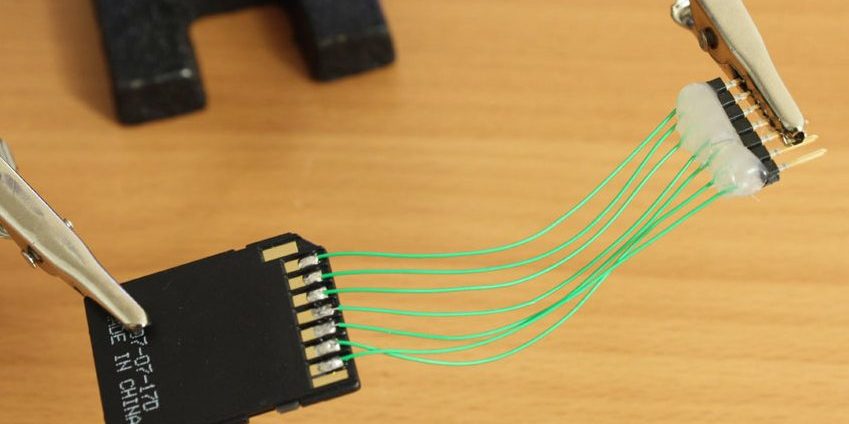
Get your data back in 3 simple steps
Entrust your files to people with proven experience!
Contact us
A specialist will immediately record your problem and open a priority number.
Send us your storage medium
You can bring it from our facilities (or to a partner store), or we can send our own courier to pick it up completely free of charge.
Get your data back
Once the process is complete, we will send you the unit and your data by courier.
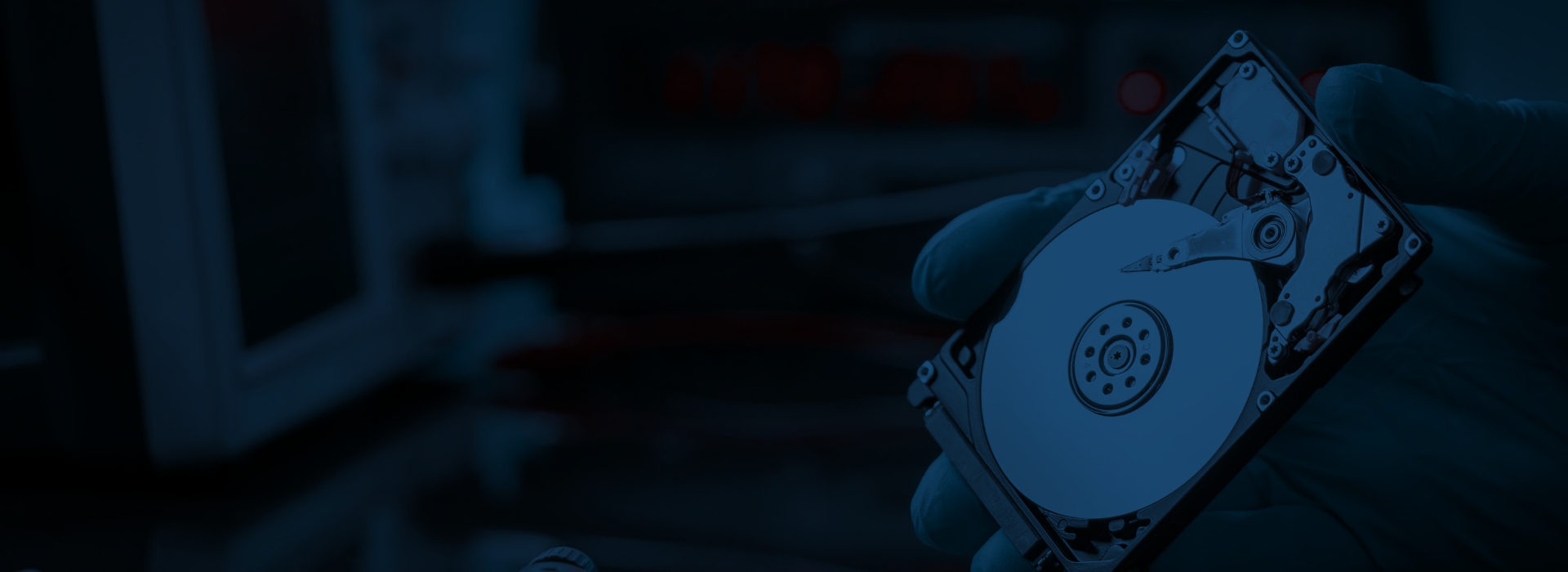
How much does it cost to recover data from SD cards?
Read how prices are calculated and how each service is costed.
See what our customers are saying
I lost my files. What should I do?

The know-how and methods used by each technician or data recovery company are the key to successfully recovering files from any device.
It is common for owners of problematic storage media to try to fix the issue themselves or turn to inexperienced people, resulting in even more damage, reducing the chances of data recovery.
Therefore, when critical files are lost, it is extremely important to carefully choose who will intervene in your media.
Recover photos from a memory card
Question: Can you recover photos from your corrupted SD card if your data is lost by accidentally deleting or formatting the card?
The answer is yes!
Let’s start by understanding what it means to format a memory card. If you want to move saved photos from your memory card, you can do this by deleting or formatting the photos. You can delete the selected images from your card using the’ delete’ option. When you delete a memory card, protected images are not moved. But if you format the memory card, all the data will be deleted, and the folders will be recreated in the system.
The advantages of formatting the SD card
It helps fix issues that the memory card may have and improves its performance. If you delete images from the card, they are not actually deleted. Essentially, this allows you to write new images over the others. However, formatting removes all the data, improving the card’s performance.
Before deleting images from your memory card, you should create backups on the system or external devices. Once your data has been deleted, you cannot recover it.
Tips on how to handle SD memory card
Do the following:
- Format a new card when you use it for the first time.
- Before using the SD or SDHC card, unlock the card protection on the upper left side of the card.
- Using small cards instead of one large one is a wiser choice.
- Format it regularly to maintain its good performance and correct any problems it may be experiencing.
- Format the card while it is in the camera, not on the computer. Formatting on the computer may lead to compatibility problems or reduce data processing speed.
- Check the card specifications: Before purchasing, check the compatibility of your camera and memory card. You should also check the maximum card capacity that your camera accepts and the compatibility of the memory card with the card reader.
- Remove the memory card after turning off your camera, and avoid removing the memory card or turning off your camera when transferring files to another device.
- The memory card reader should be of good quality, and the card and the reader should be from the same manufacturer.
- When saving or transferring files to another system, the camera batteries should be sufficiently charged.
- All memory cards have a certain lifespan. When it’s time to throw away your card, destroy it first.
Do not do the following:
- Do not use your memory card in a different camera, as they may have different characteristics, and your data may be corrupted. If you want to use it on a new device, format it.
- Do not delete the memory card from the computer. Use your camera.
- Do not continue taking photos when your card is almost full. This may cause problems with the card head.
- Do not remove the memory card while saving images. Let the process finish, turn off your camera, and remove the memory card.
- Do not turn off your camera while photos are being saved.
- Do not remove the card while its contents remain on the computer.
- Don’t use cheap memory cards. It’s better to use good-quality cards, such as SanDisk, Panasonic, Sony, Kingston, Lexar, and Olympus.
Recover data from a corrupted SD card
All of the above reduce the risk of damaging your memory card.
But if, again, something happens and you lose your data, don’t panic.
Remove the memory card and contact a specialist for professional data recovery.
How can we perform Data Recovery from SD and micro SD cards?
Data recovery from a microSD card has two stages:
- Mechanical or chemical processing of the card so that we can read its content from the internal contacts of the Monolith Chip it contains, and not from its external contacts.
- After reading the content of the MicroSD card, which is distributed in multiple pieces, we must use investigative methods to identify the data writing algorithm to retrieve the files. This can take several weeks or even months.
Decoding NAND Chips
When data cannot be extracted from an SD card or USB stick, the circuit’s NAND chip is carefully detached.
This NAND chip contains all the data on our storage medium, and the main requirement is that it be in working condition.
The data on this chip is recorded and encoded in the hexadecimal system. The decoding is undertaken by the Controller chip, which is usually damaged.
Our work is, therefore, based on extracting the encoded data (Dump the NAND chip) and decoding.
The decoding algorithm for a NAND chip can be simple, meaning it takes the technician a few hours to figure out how to encode. Still, it can also be particularly complex and take several weeks or even months to decode the data.
The duration of this investigation affects the final price of the recovery.
At TicTac Laboratories, a large volume of NAND chips is received daily from Greece and abroad, and this is because we have both the tools and the expertise in decoding NAND chips.
Our research team has helped decode hundreds of NAND chip algorithms and constantly provides feedback to foreign data recovery companies and manufacturing companies with its research.
With collaborations in Russia and China and participation in international conferences, the TicTac Labs research team can solve cases that were considered “unrecoverable” as long as the NAND chip is in good condition.
At TicTac Laboratories, we have the equipment and expertise to recover data from USB sticks and damaged NAND chips found on memory cards. With our special techniques, we can decode even the most complex NAND chips, offering solutions for even the most difficult cases.











